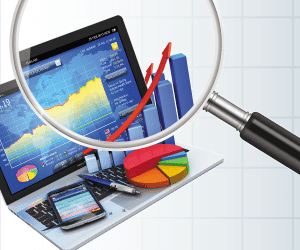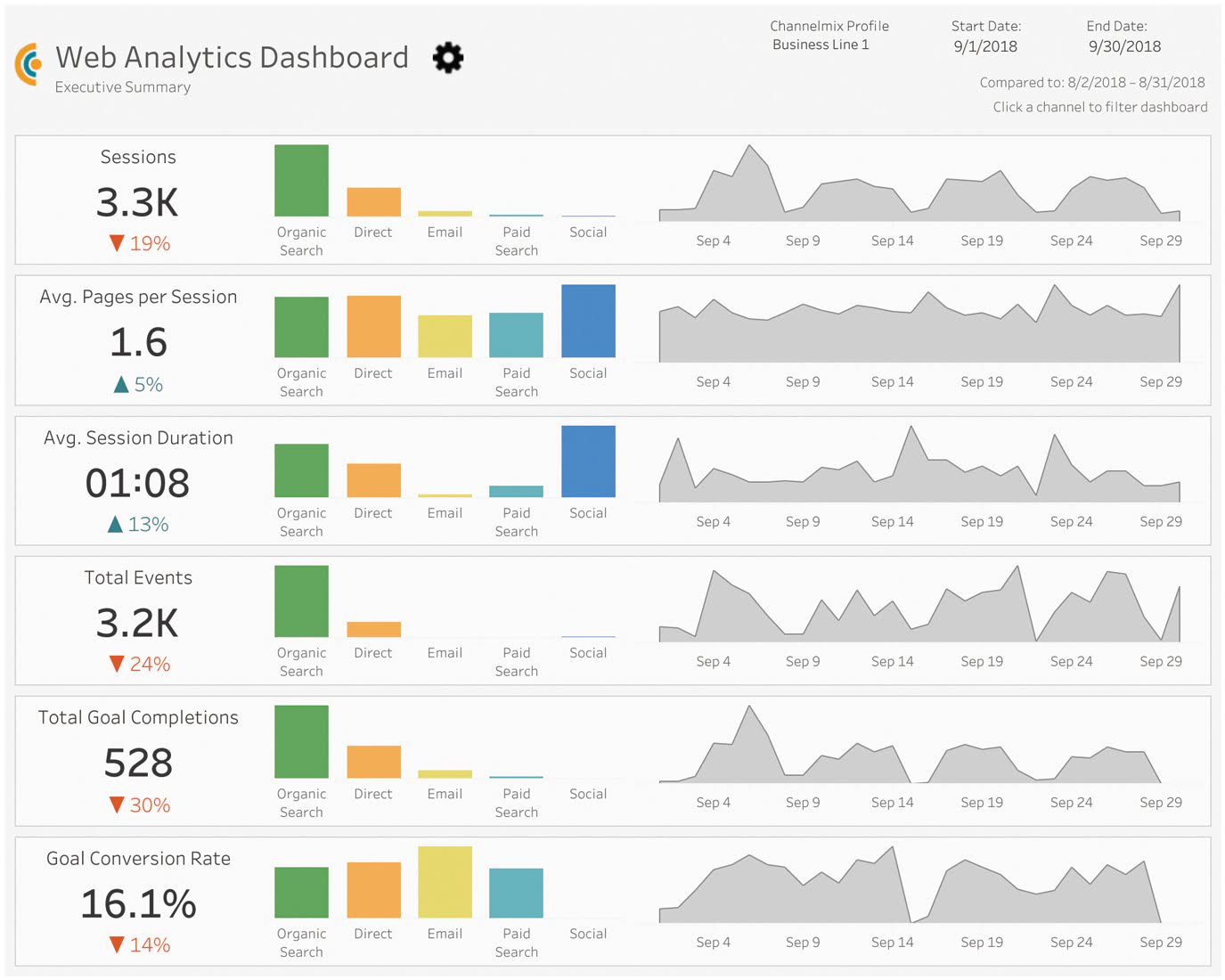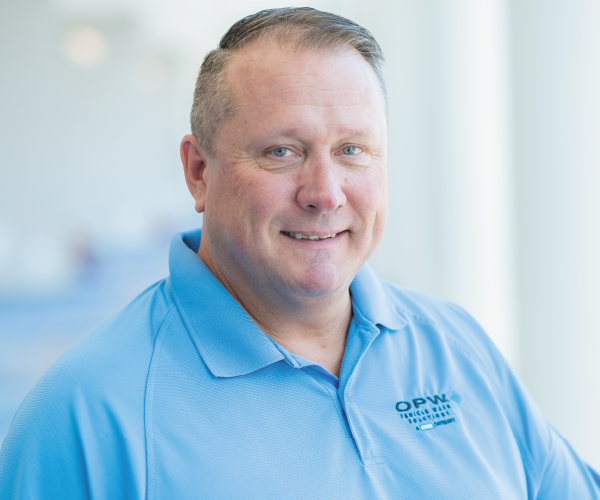
Predictive Marketing 101
February 22, 2022
4 minute ReadBY NICOLE NELSON
Technology has opened up a Pandora’s box when it comes to the amount of data that can be accessed with a few clicks of the mouse. That amount of data is intimidating for many small businesses, and knowing how to keep track of that data and use it to grow your car wash operation is equally overwhelming.  If car washes follow the norms of most small businesses, the vast majority is not keeping track of customer relationships at all, while a slim minority uses rudimentary tools such as Post-it notes and spreadsheets in a futile attempt to stay on top of everything.
If car washes follow the norms of most small businesses, the vast majority is not keeping track of customer relationships at all, while a slim minority uses rudimentary tools such as Post-it notes and spreadsheets in a futile attempt to stay on top of everything.
“We talk to a lot of business owners who’ve reached their breaking point where they just can’t keep track of it all,” said Eric Bensley, Vice President of Product Marketing for Salesforce SMB and Essentials. “Eventually, you’re going to be outnumbered by your customers.”
According to Bensley, this “breaking point” is the precise time when customer relationship management (CRM) tools may come in handy. There are many solutions in the CRM marketplace that allow business operators to view and pull data from all customer information in one consolidated platform, with multiple options for small- and medium-sized businesses. Incorporating a CRM means access to data in a way not possible no matter how many Post-its are sticking to your monitor.
“When a customer reaches out with questions about their service, it is super simple to understand their customer history, know all about their previous interactions, and answer their questions fast,” Bensley said.
BE PERSONAL
Beyond the benefits of better organization, data aggregation can prove to be extremely valuable in terms of solidifying relationships, with personalization being paramount. “For businesses like car washes that serve a hyperlocal audience, it is really about knowing who your customers are and reaching them where they want to be reached,” Bensley said. “Are you going for car aficionados or the parents who are scrambling between work and kids’ soccer games? Once you know who you want to reach, make sure you’re meeting them where they are at.
“For businesses like car washes that serve a hyperlocal audience, it is really about knowing who your customers are and reaching them where they want to be reached,” Bensley said. “Are you going for car aficionados or the parents who are scrambling between work and kids’ soccer games? Once you know who you want to reach, make sure you’re meeting them where they are at.
“We know that the more personalized your marketing is, the more likely a customer is to read it and take action,” Bensley said. “If you don’t feel like your marketing is personalized today, it may be time to use data in a more intentional way.”
Bensley suggests starting by segmenting your audience.
“You may have consistent car washers and spring cleaners,” Bensley said. “Create those segments and then try communicating with them in different ways. From there, you can create unique journeys for each of your segments using tools like marketing automation. The goal is to create unique experiences for each customer that makes them feel valued.”
BE SOCIAL
While some small businesses should cultivate relationships across lots of different channels, Salesforce found in a recent survey on customer loyalty (http://bit.ly/SalesforceSocialSurvey) that social media is the preferred channel for 48% of customers to hear from their favorite small businesses, with email coming in a distant second as a preferred method among 30% of customers.
“Finding a pattern of routinely pulling the data out, storing it, normalizing it and performing analysis can be time consuming, but worth it if the right insights are discovered,” Shirley said.
Shirley maintains that any marketer who lacks visibility into marketing performance or effectiveness of spend should take it one step at a time.
For this reason, Alight Analytics offers “ready-to-start” marketing dashboards that automate, store and visualize daily marketing performance. Shirley said Alight’s Web Analytics dashboard or Organic Social dashboard are effective tools for companies that are just getting started with marketing analytics. The Organic Social starter combines data sources from Facebook, Twitter, YouTube, Instagram and LinkedIn into one singular marketing view to help local marketers determine which channels, pages or posts are most effective at getting engagements and bringing visibility to the organization.
“You don’t need a complex predictive model in order to significantly improve your business tomorrow, just a way to make better decisions and economize your resources,” Shirley said. “That will take you a long way.”
BE TIME SENSITIVE
In a complementary approach, Jason Baumgartner, President of Suds Creative, suggests car washes learn as much as possible about customers and track that information in the same format for ease of aggregation using time as an element.
“Understanding your own data on a time series is a great first step because it allows you to visualize trends and those trends will jump off the page for you,” Baumgartner said.
“The key to using data to advise strategy is to understand the issue you are trying to solve for. Operators have a tendency to look at data in aggregate to try and derive meaning. They are better suited to look at data on a micro level and in time-series format as opposed to a snapshot in time. Time-series data, visualized, can help us to quickly identify patterns.”
Baumgartner said Suds Creative identifies four types of analytics: Descriptive, Diagnostic, Predictive and Prescriptive. Descriptive analytics basically describes what has already happened with data; Diagnostic analytics tells us why something happened; Predictive analytics gives us an idea of what will happen if we pull a lever, and Prescriptive analytics is the execution of the strategy and the ability to adjust as needed.
“Predictive is a great step, but the reality is that you need all four types.”








